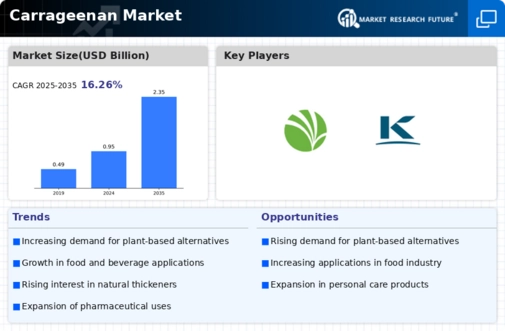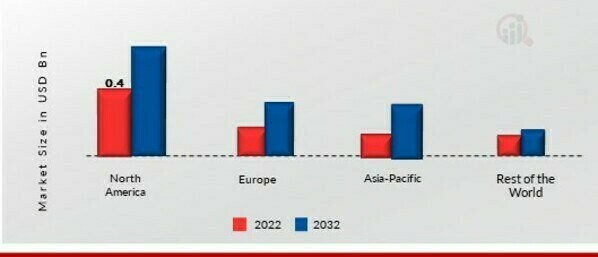Market Trends
Key Emerging Trends in the Carrageenan Market
The Carrageenan market has undergone significant shifts in recent years, influenced by a range of factors that impact its supply, demand, and applications. One notable trend in the market is the increasing demand for natural and plant-based ingredients in the food and beverage industry. Carrageenan, derived from red seaweed, is valued for its gelling, thickening, and stabilizing properties, making it a sought-after ingredient in various processed foods, dairy products, and plant-based alternatives. As consumers gravitate towards cleaner labels and healthier choices, the natural origin of carrageenan aligns with the growing preference for plant-based and sustainable ingredients in the food supply chain.
The rise of alternative and plant-based products represents another significant trend in the carrageenan market. As the popularity of plant-based diets continues to soar, manufacturers are seeking functional ingredients like carrageenan to enhance the texture and stability of plant-based foods and beverages. Carrageenan's versatility in providing a creamy texture in dairy alternatives and improving the mouthfeel of plant-based proteins has positioned it as a valuable ingredient in the formulation of meat substitutes, dairy-free desserts, and other plant-based offerings.
Health-conscious consumers are increasingly scrutinizing not only the source of ingredients but also the nutritional profile of the products they consume. In response, the carrageenan market has witnessed a trend towards low-sugar and reduced-fat formulations. Carrageenan's ability to replace fat in certain applications without compromising texture or mouthfeel has led to its incorporation in products catering to health-conscious consumers who seek reduced-calorie options without sacrificing taste and texture.
Despite its widespread use, carrageenan has faced scrutiny regarding its safety and potential health effects. This has led to shifts in consumer perception and regulatory scrutiny in some regions. However, the carrageenan market has responded by emphasizing the importance of quality and adherence to industry standards. Ongoing research and the development of new extraction methods contribute to addressing concerns, ensuring that carrageenan continues to meet safety standards and regulatory requirements.
The global demand for convenience foods and ready-to-eat products has propelled the carrageenan market, particularly in the processed food sector. Carrageenan's ability to enhance the texture and stability of products such as sauces, dressings, and ready meals has made it a preferred choice for manufacturers looking to meet consumer demands for convenience without compromising on quality. The convenience trend is further amplified by the hectic lifestyles of modern consumers who seek time-saving and hassle-free food options.
Geographically, the carrageenan market dynamics are influenced by factors such as seaweed cultivation practices, weather conditions, and regulatory frameworks. Countries with a significant seaweed cultivation industry, such as Indonesia and the Philippines, play a crucial role in the global carrageenan supply chain. Changes in cultivation practices, weather-related challenges, and regulatory developments in these regions can impact the availability and pricing of carrageenan on the global market.
The pharmaceutical and cosmetic industries contribute to the diversification of carrageenan applications. The unique properties of carrageenan, such as its ability to form gels and stabilize emulsions, make it valuable in pharmaceutical formulations and cosmetic products. From wound care products to skincare formulations, carrageenan finds applications beyond the food and beverage sector, contributing to its overall market resilience and versatility.
Collaborations and strategic partnerships within the carrageenan industry influence market trends. Companies are exploring alliances to enhance their research and development capabilities, improve production processes, and expand market reach. These collaborations contribute to the overall competitiveness of the carrageenan market, fostering innovation and addressing evolving consumer needs.






Leave a Comment